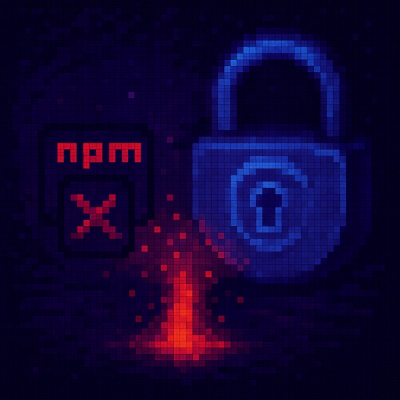dynsampler-go

Dynsampler is a golang library for doing dynamic sampling of traffic before sending it on to Honeycomb (or another analytics system)
It contains several sampling algorithms to help you select a representative set of events instead of a full stream.
A "sample rate" of 100 means that for every 100 requests, we capture a single event and indicate that it represents 100 similar requests.
For full documentation, look at the official documentation.
For more information about using Honeycomb, see our docs.
Sampling Techniques
This package is intended to help sample a stream of tracking events, where events are typically created in response to a stream of traffic (for the purposes of logging or debugging). In general, sampling is used to reduce the total volume of events necessary to represent the stream of traffic in a meaningful way.
There are a variety of available techniques for reducing a high-volume stream of incoming events to a lower-volume, more manageable stream of events.
Depending on the shape of your traffic, one may serve better than another, or you may need to write a new one! Please consider contributing it back to this package if you do.
- If your system has a completely homogeneous stream of requests: use
Static sampling to use a constant sample rate.
- If your system has a steady stream of requests and a well-known low cardinality partition key (e.g. http status): use
Static sampling and override sample rates on a per-key basis (e.g. if you know want to sample HTTP 200/OK events at a different rate from HTTP 503/Server Error).
- If your logging system has a strict cap on the rate it can receive events, use
TotalThroughput, which will calculate sample rates based on keeping the entire system's representative event throughput right around (or under) particular cap.
- If you need a throughput sampler that is responsive to spikes, but also averages sample rates over a longer period of time, use
WindowedThroughput.
- If your system has a rough cap on the rate it can receive events and your partitioned keyspace is fairly steady, use
PerKeyThroughput, which will calculate sample rates based on keeping the event throughput roughly constant per key/partition (e.g. per user id)
- The best choice for a system with a large key space and a large disparity between the highest volume and lowest volume keys is
AvgSampleRateWithMin - it will increase the sample rate of higher volume traffic proportionally to the logarithm of the specific key's volume. If total traffic falls below a configured minimum, it stops sampling to avoid any sampling when the traffic is too low to warrant it.
EMASampleRate works like AvgSampleRate, but calculates sample rates based on a moving average (Exponential Moving Average) of many measurement intervals rather than a single isolated interval. In addition, it can detect large bursts in traffic and will trigger a recalculation of sample rates before the regular interval.- If you want the benefit of a key-based sampler that also has limits on throughput, use
EMAThroughput. It will adjust sample rates across a key space to achieve a given throughput while still ensuring that all keys are represented.




